When asked how he created his statues, Auguste Rodin quoted Michelangelo: ’’Sculpture is easy — you just go down to the skin and stop.’’ That’s probably why a true masterpiece always seems like something divine: you look at it and think that only a genius could have seen such beauty in a simple chunk of stone.
We are sure that each and every significant work of art has a unique story, and we want to uncover them all. Today we’re going to share some of them with you.
The horned Moses
Michelangelo made a sculpture of Moses with a peculiar feature — a pair of horns. Many art historians believe he misinterpreted the Bible — in the Book of Exodus, it says that it was hard for the Jews to look at the face of Moses when he descended Mount Sinai with the Lord’s stone tablets. The Hebrew word used here in the Bible can be translated both as ’’radiance’’ and as ’’horns’’.
Colorful antiquity
’’Augustus of Prima Porta’’, an antique statue
It was long thought that ancient Roman and Greek white marble statues were always plain white. But according to recent studies, they may have initially been painted in many different colors that faded over time.
The Suffering of the Little Mermaid
’’The Little Mermaid’’ by Edvard Eriksen, 1913
The Mermaid statue in Copenhagen is a favorite target for vandalism. The sculpture was beheaded twice — once in 1964, and the second time in 1998. In 1984, vandals cut off its right arm. In 2006, the poor mermaid was found splattered all over with green paint. Later, the town government decided to move the statue further into the harbor to prevent any more vandalism.
The Kiss without a kiss
’’The Kiss’’ by Auguste Rodin, 1882
’’The Kiss’’ was originally named ’’Francesca da Rimini’’, after a 13th century Italian noblewoman whose name was immortalized in Dante’s ’’Inferno’’. The lady fell in love with her husband’s younger brother, and the husband later found out when they were reading together and killed them both. The sculpture shows the lover holding a book in his hand. However, the couple here do not touch each other’s lips, suggesting they were murdered without committing a sin.
The secret of the marble veil
’’The Veiled Vestal’’ by Raffaele Monti, mid-19th century
You look at these statues, whose faces are covered by a semi-transparent veil, and wonder how this could ever have been made with simple stone. The secret is in the marble that was used. The block that eventually became the sculpture had two layers — one of them more transparent, and one thicker than the other. Monti worked the marble, preserving the normal surface texture, while carving along the edge separating the solid part from the transparent one. This helped create the veil effect.
The perfect David made of corrupt marble
’’David’’ by Michelangelo Buonarotti, 1501-1504
Although David has been considered the ideal of male beauty, it is in fact not so perfect after all — he is actually cross-eyed. This discovery was made by scanning the statue with laser technology. The statue’s defect is almost invisible, as it is standing on a tall pedestal. Experts think that Michelangelo made this imperfection on purpose so that David looked impeccable on both sides.
Death unto art, art unto death
’’The Kiss of Death’’, 1930
The most mysterious sculpture in the Poblenou Cemetery in Barcelona is entitled ’’The Kiss of Death’’, and its creator is still unknown. It is situated in one of the farthest corners of the cemetery, and it became the inspiration for Ingmar Bergman when he decided to make ’’The Seventh Seal’’, a movie about the fallen Knight and Death.
The arms of Venus de Milo
’’Venus de Milo’’ by Alexandros of Antioch (?), ca. 130-100 B.C.
This statue of Venus is one of the best-known sculptures in the Louvre in Paris. A Greek peasant is said to have found it in 1820 on the isle of Milos. When discovered, the statue was broken into two large pieces. When they saw it, some French naval officers, recognizing its historic value, ordered the marble statue to be taken from the island, but the people carrying it got into a quarrel, and both her hands broke off. Being utterly exhausted, the sailors refused to go back and look for the limbs.
The beautiful imperfection of the ’’Nike of Samothrace’’
’’Nike of Samothrace’’, 2nd century B.C.
This majestic statue of Nike was found in 1863 on the island of Samothrace. The sculpture is made of golden Parian marble, and on the island it was the paragon of the sea gods’ altar. Scientists say that the Nike was created in the 2nd century B.C. to commemorate the naval victories of the Greek fleet. The arms and the head of the statue are lost. All the attempts to return the arms to Nike ended in failure — they just spoiled the masterpiece. And these failures make us recognize the simple truth: her imperfection only adds to her majesty.

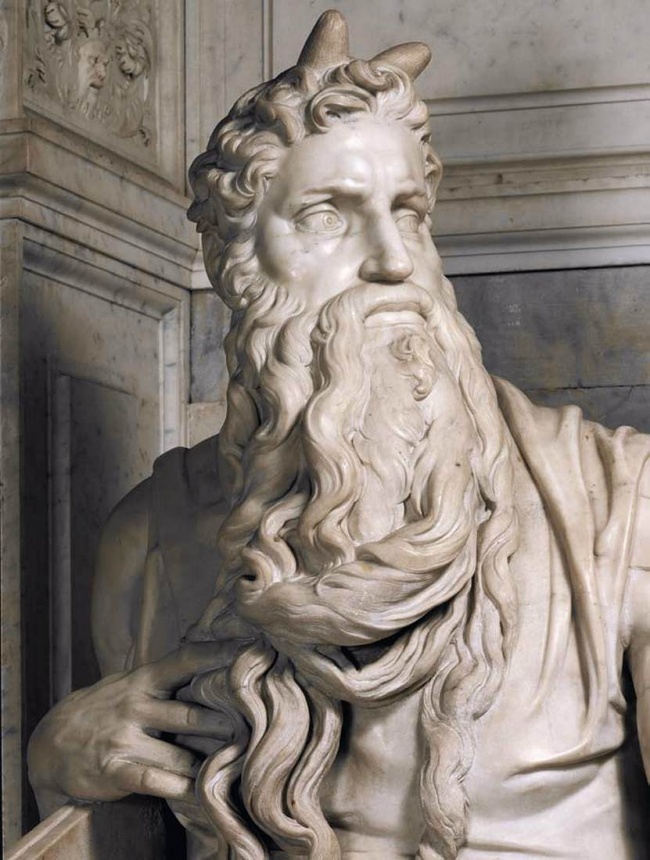
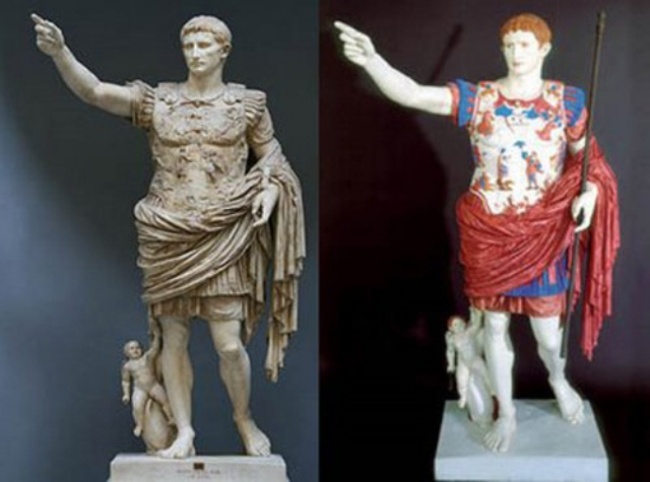

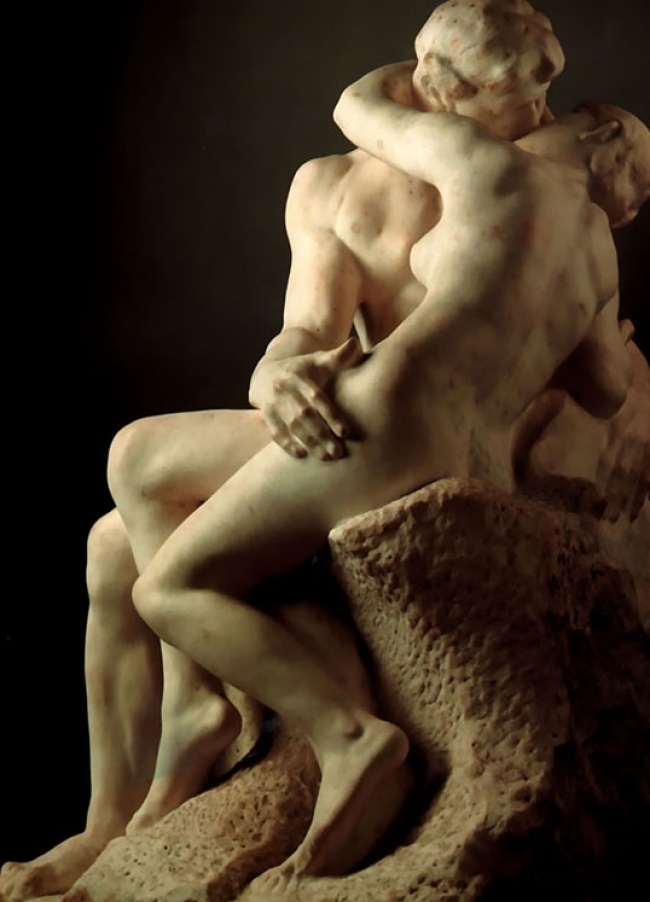
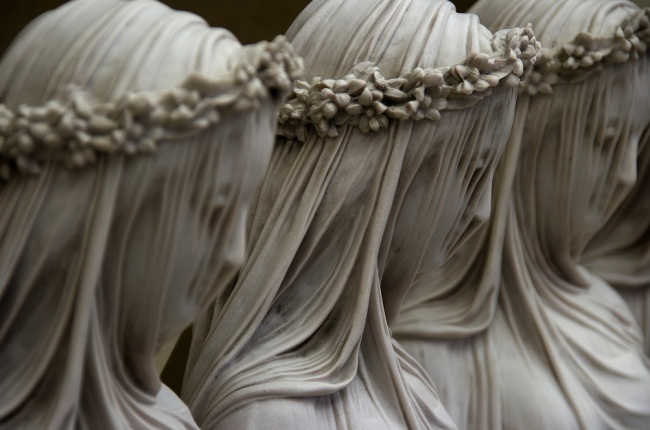
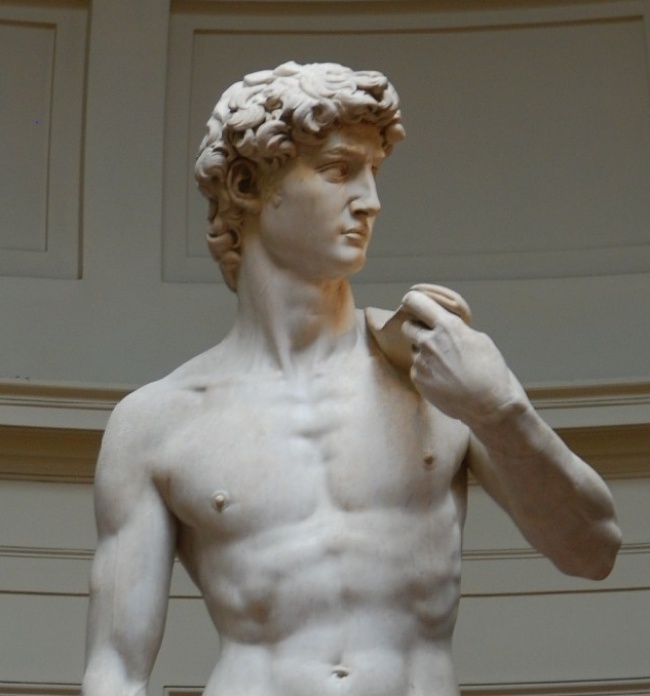
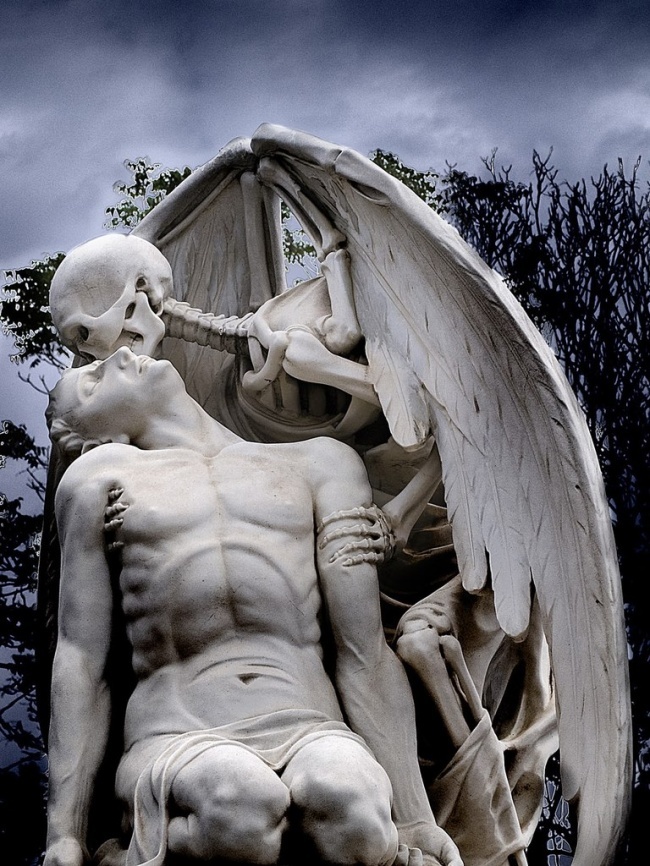
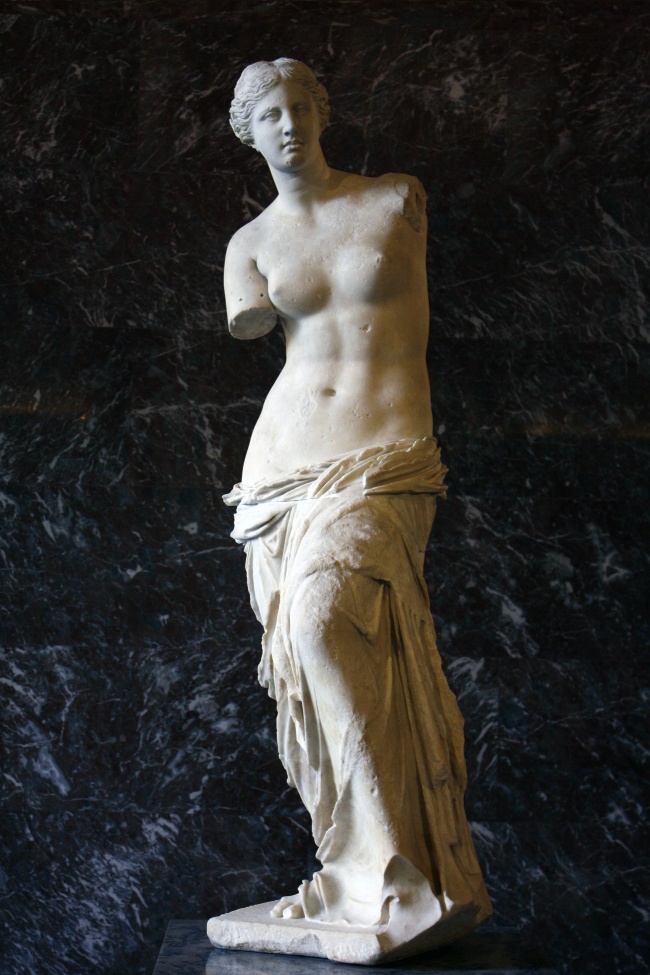

Facebook Comments